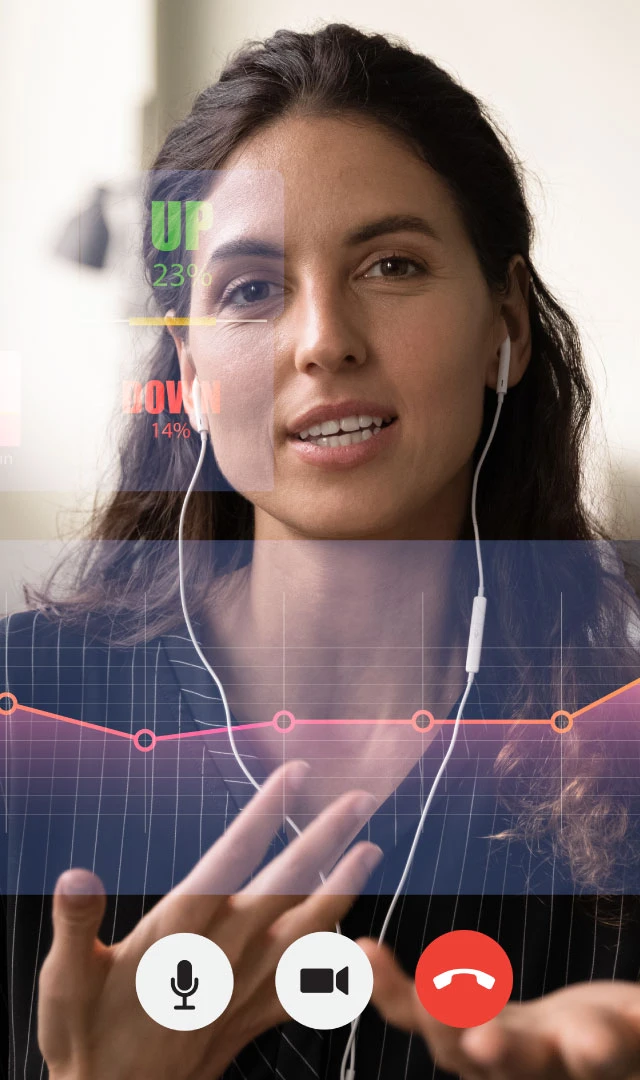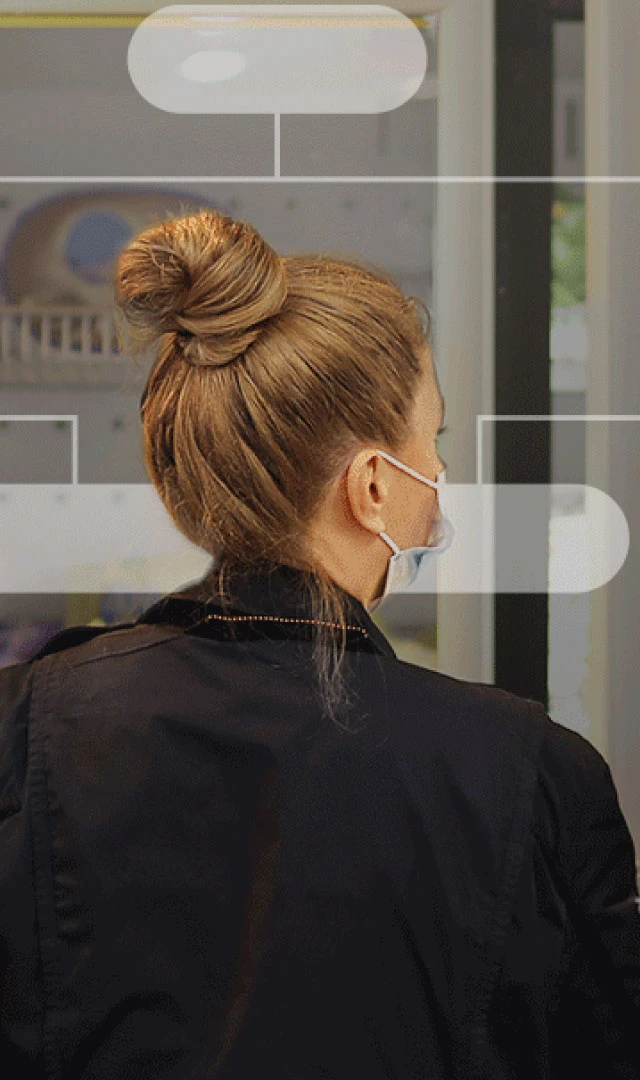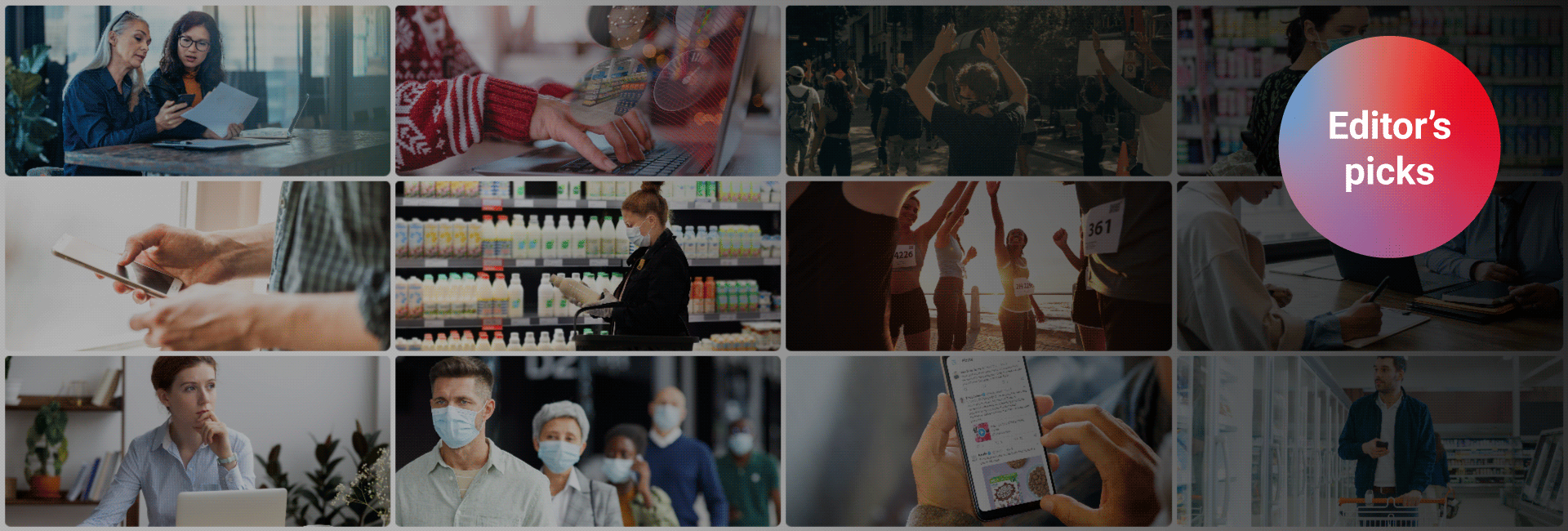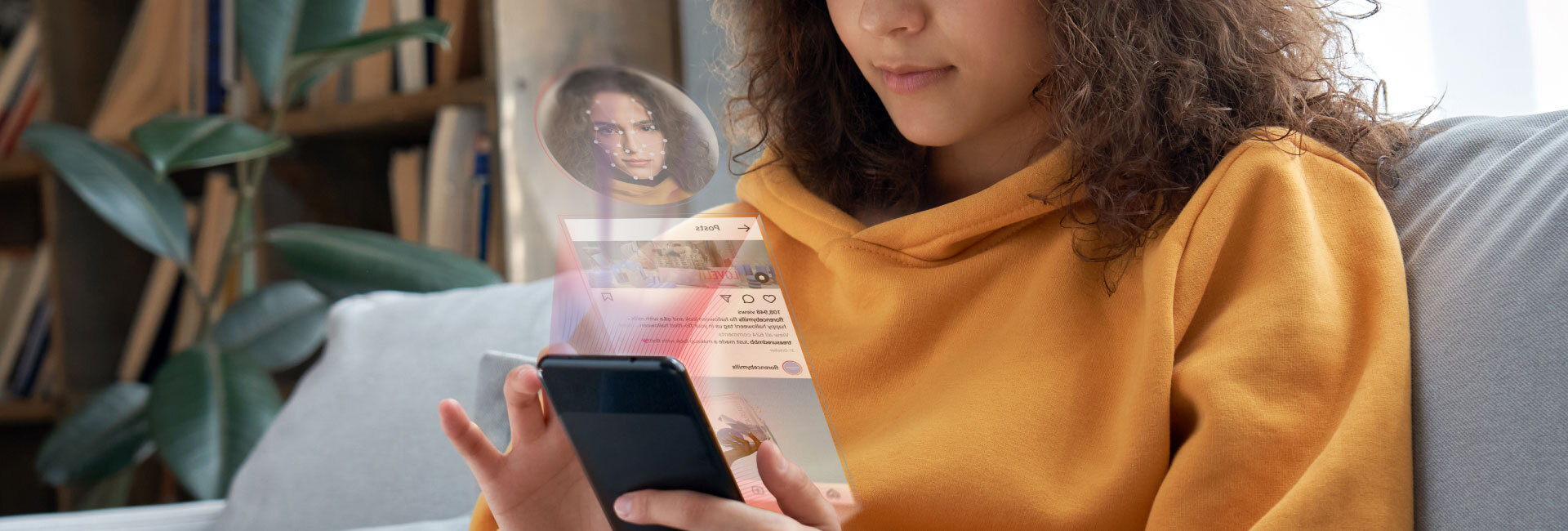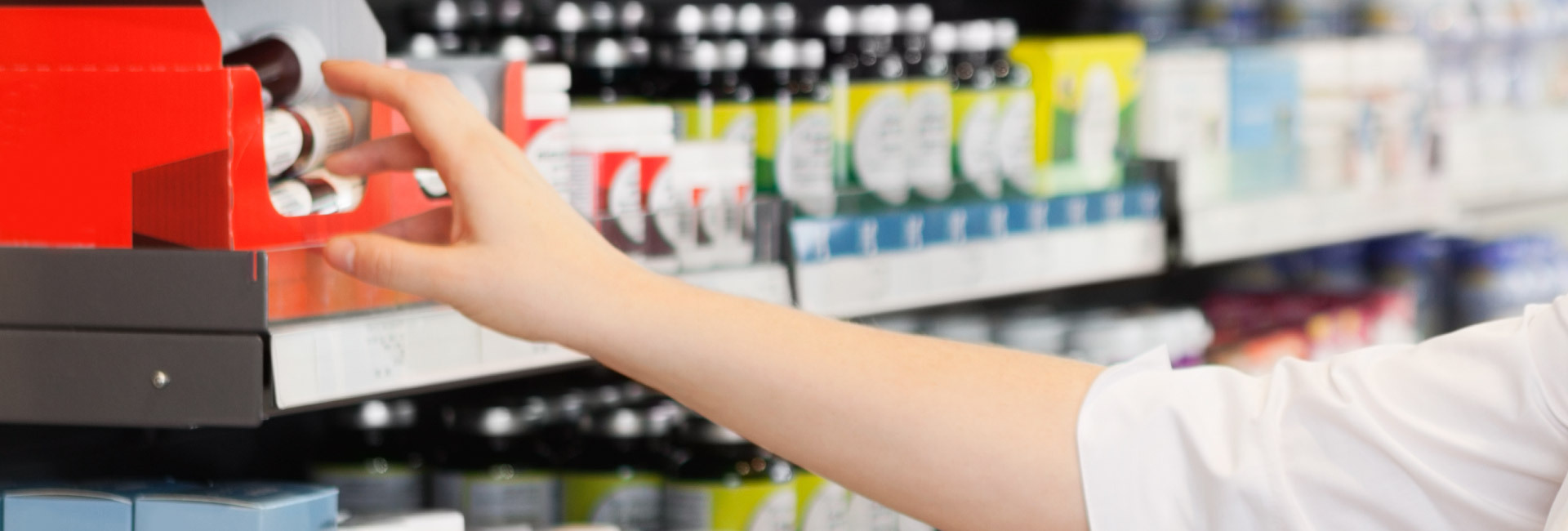One of the many things the luxury industry excels at is going beyond just the product – but creating exclusive experiences at every touchpoint of the customer journey. Luxury has always been a state of comfort, an intangible feeling of exclusiveness – and as such, not rational. The key challenge for high-end brands lies in capturing that unique and implicit feeling of luxury. How does one go about researching something that is irrational, subconscious and not easily communicated – all while taking into account the pandemic-driven changes in customer demands? Cue behavioral market research to ensure a safe metamorphosis.
LVMH has been paving the way for changing the luxury customer experience and the ways we approach enhancing it. As a part of the annual LVMH Innovation awards, EyeSee had the honor of being amongst the 28 finalists dedicated to providing tech-driven solutions and bringing the future of customer experience one step closer.
Check out Milica Kovac‘s quick guide to winning big with behavioral insights:
Here are 3 ways brands can embrace the evolution of customer experience:
Tap into transformative in-store trends
The pandemic has pushed a lot of brands across industries into fight or flight mode – some flourished and some failed to adapt to the new dynamic the health crisis has brought on. However, now, as more vaccines are administered every day, buyers have started to go back to the stores after a year-long pause. But just as shopping habits continue to evolve, in-location gadgets, protocols and regimens will have to be reinvented and tested to fit the new needs.
One of the ways to keep up with the consumers is by putting them in context, a completely simulated virtual environment of any store, and testing new touchpoints to tap into which store elements work with the consumer – and which ones don’t, beyond the explicit.
On top of it, mapping out their entire decision-making process and identifying the type of customer is crucial when it comes to brand loyalty – and luxury is all about loyalty, but having a loyal customer is a luxury. From there on it’s all about how to assist and improve their shopping journey to ensure they stay with your brand and understanding where new buyers come from, and what allures them to your brand.
Lean into digital
Luxury brands have been on a mission to tap into the digital experience, but most of them have met the same challenge – making it feel exclusive to the consumer. The rise of Gen Z and the perpetuated need for digitalization are disrupting the market and pushing high-end retailers to get innovative. From virtual try-ons, to digital shopping assistants, even the likes of Ralph Lauren and Gucci have invested in the development of digital platforms to unlock a new way of connecting with their customers. So, how can brands engage with luxury e-shoppers and meet their new demands?
Over 53% of planned online purchases fail to be completed – consumers tend to get frustrated and give up if there are any setbacks in their online path to purchase. Understanding how to navigate all the steps consumers take (or don’t take) while shopping online will determine the common pitfalls and pain points where you could be losing shoppers – but ultimately the opportunities ahead. To uncover the fine nuances in the ways consumers are interacting with shopping platforms, you must tap into the online path to purchase.

Bridge the in-store – online gap
The need to tie in both commerce and e-commerce and create a seamless experience across all platforms has been something companies from every industry are trying to achieve. One of the trends that emerged in the Auto Industry, for instance, is the development of virtual showrooms where consumers are able to view and browse vehicles as they would in person – and this trend found its way across many industries.
Click-and-collect is becoming a more and more popular choice among buyers, and as Google reports, 63% of shopping begins online. But what’s certain is that consumers still want to experience the immersiveness a physical luxury space can offer – from social interactions to touching and seeing a product. The key to ensuring a smooth omnichannel path to purchase lies in truly understanding the consumer, their expectations and needs – and, perhaps more importantly, their behavior.
![[Luxury journey] 3 ways to triumph at customer experience](https://eyesee-research.com/wp-content/uploads/2021/07/Luxury-journey-3-ways-to-triumph-at-customer-experience.webp)
